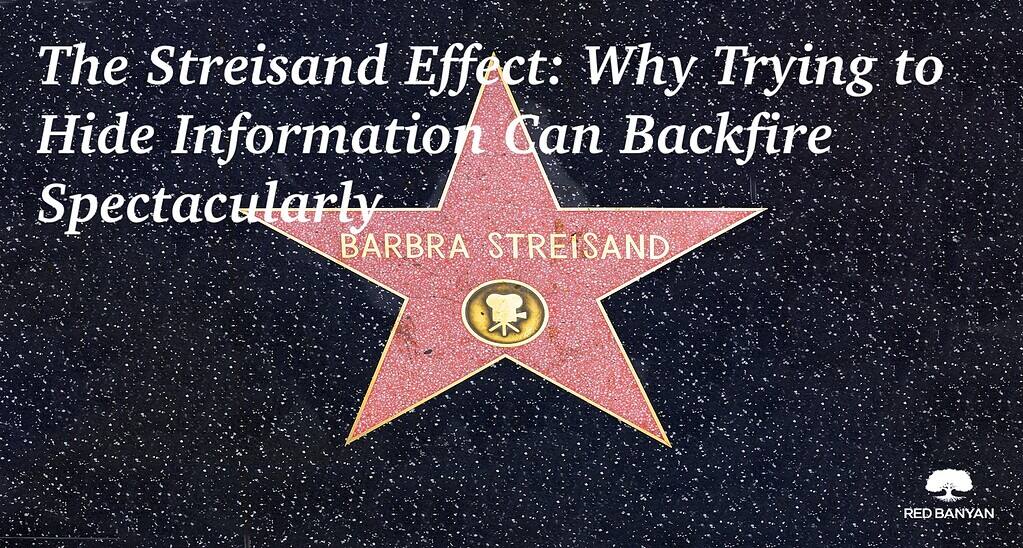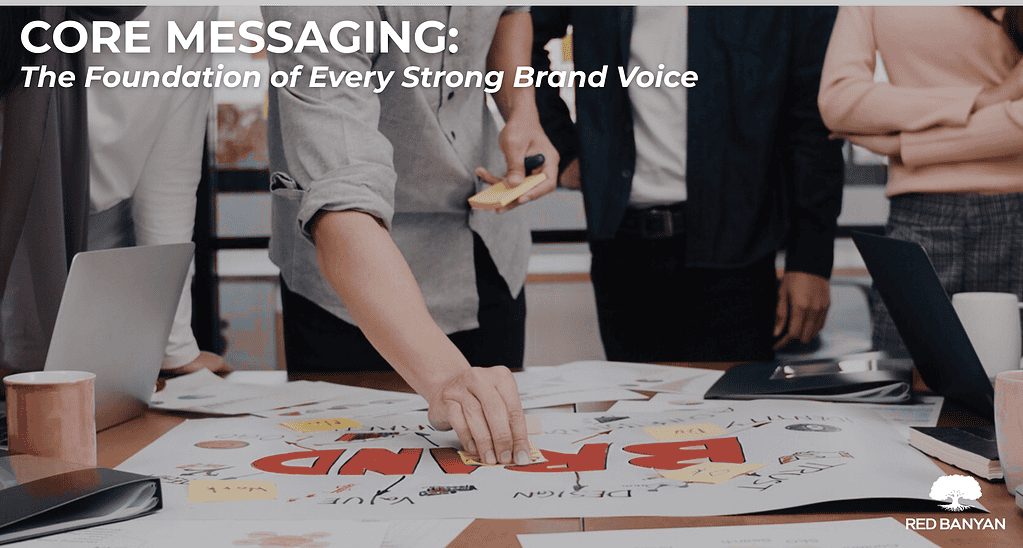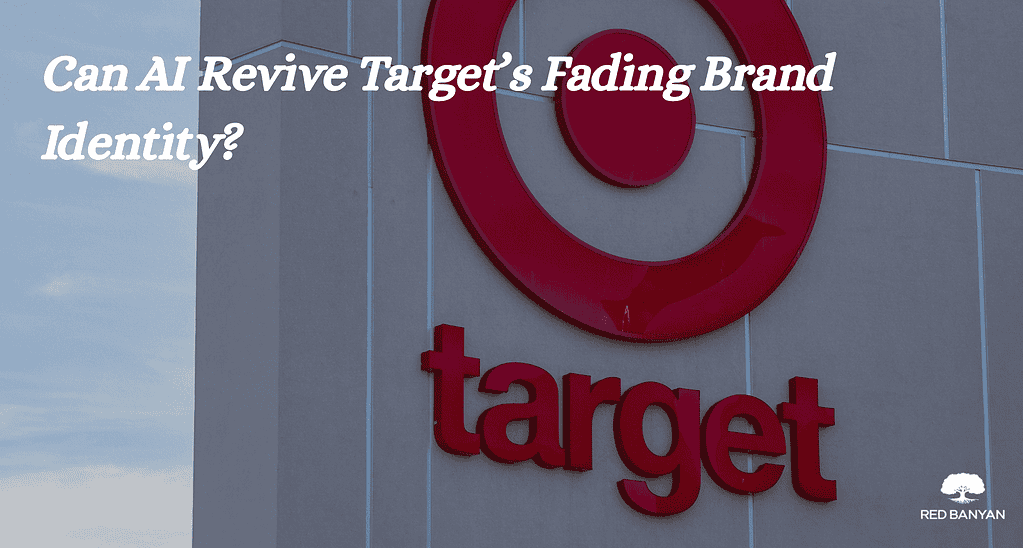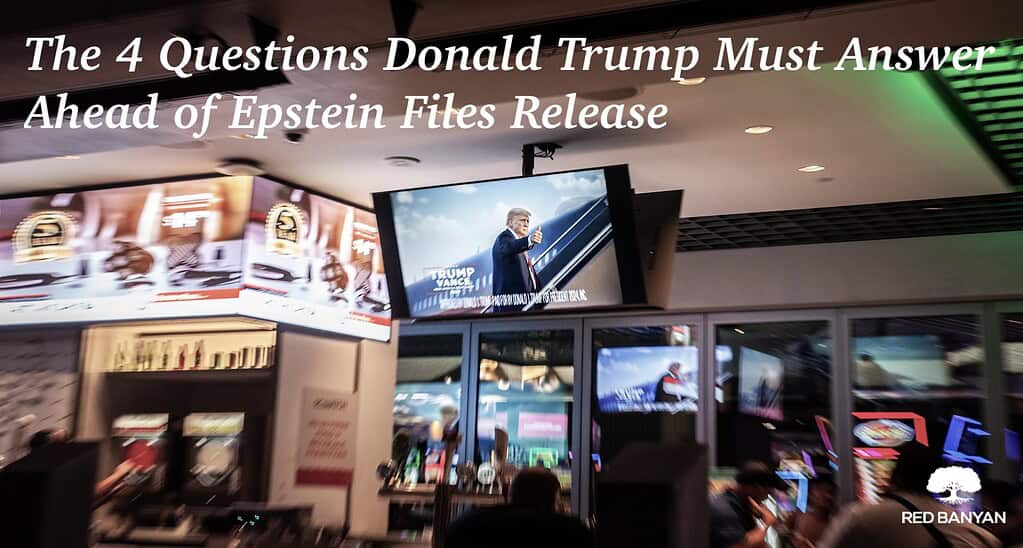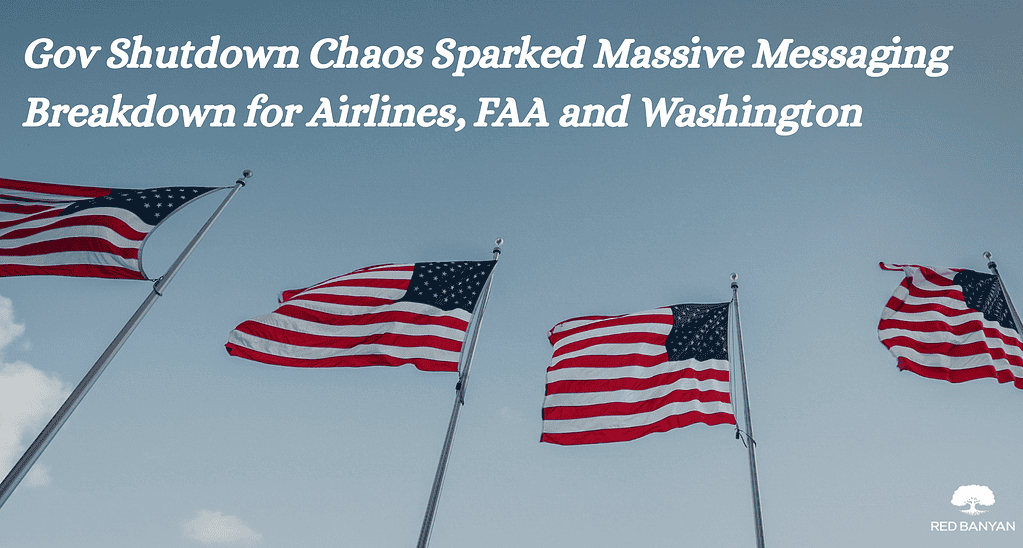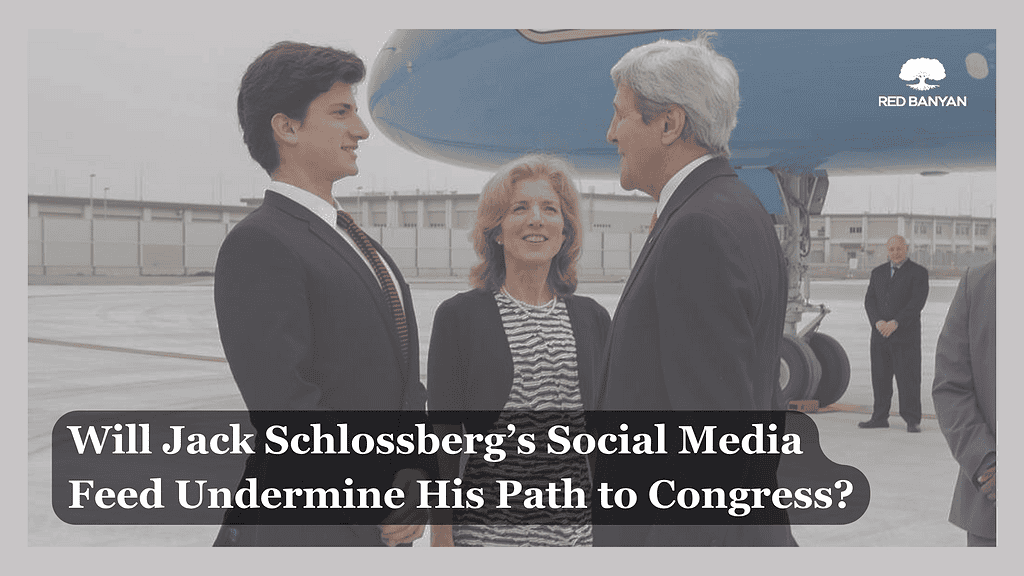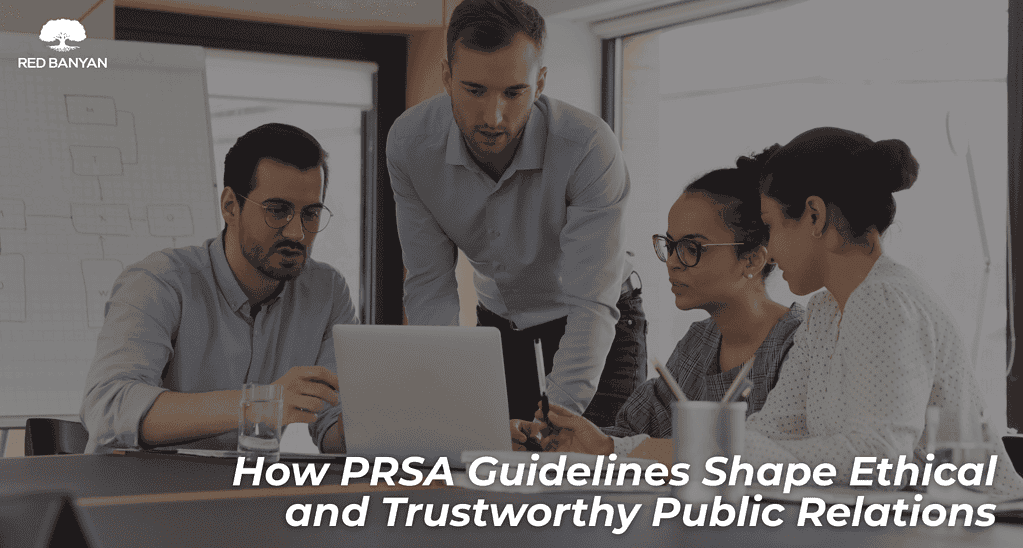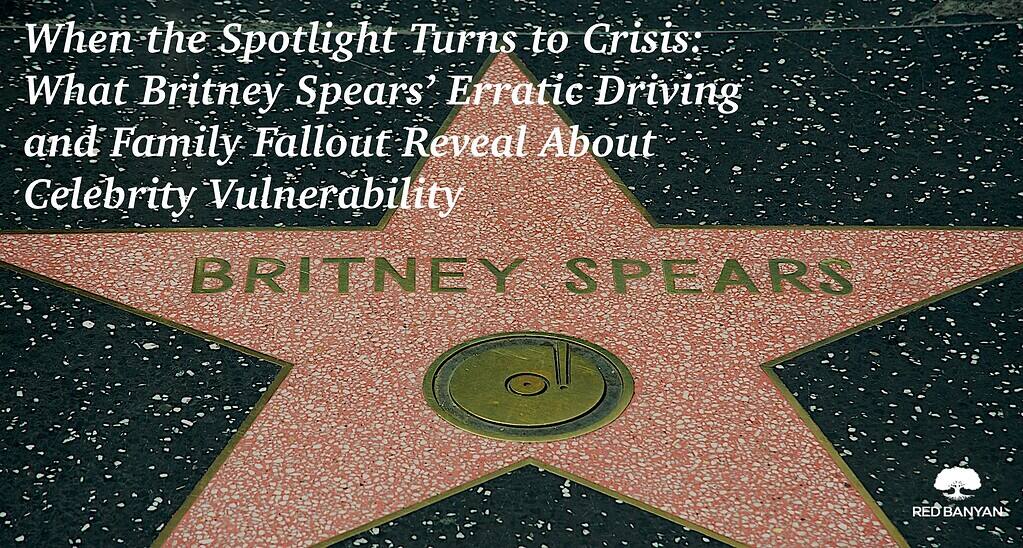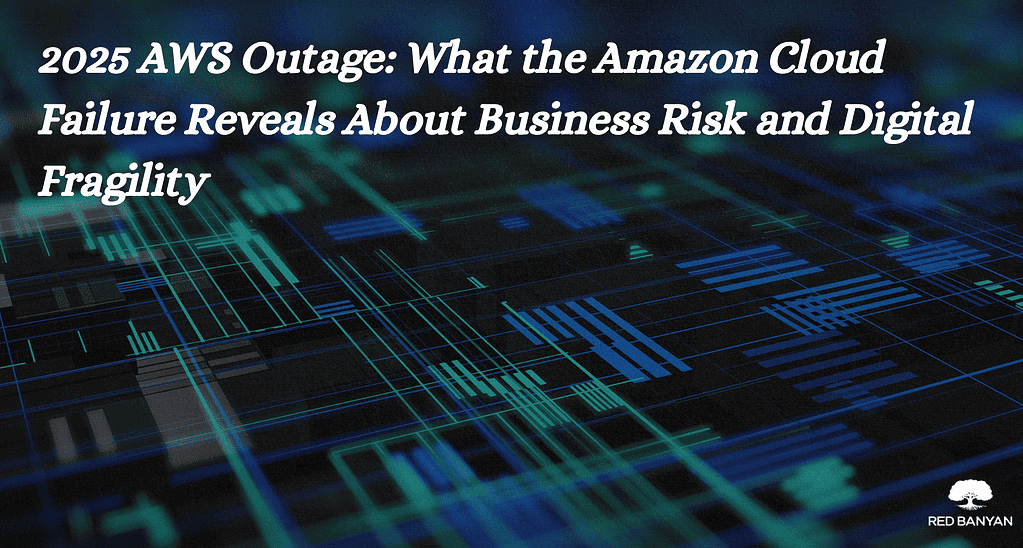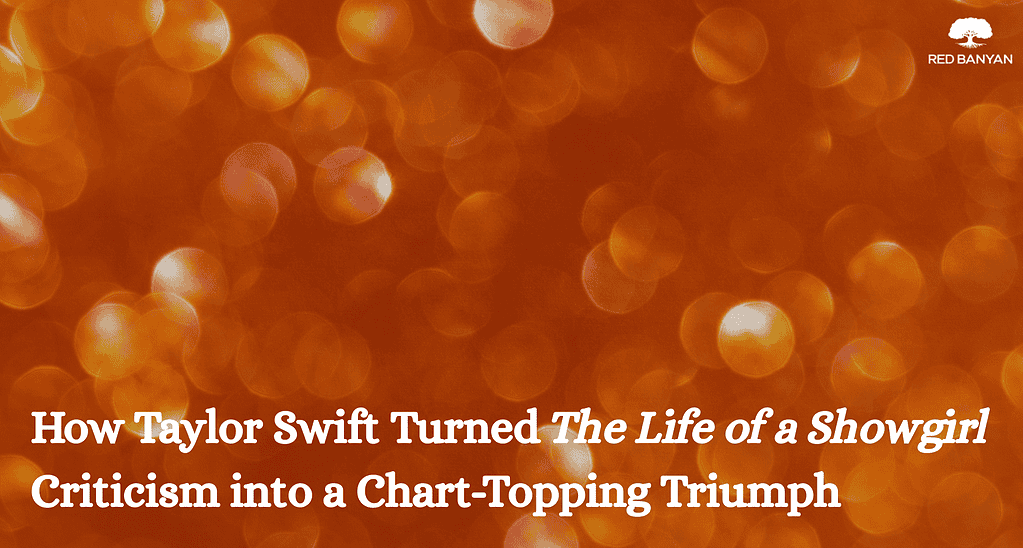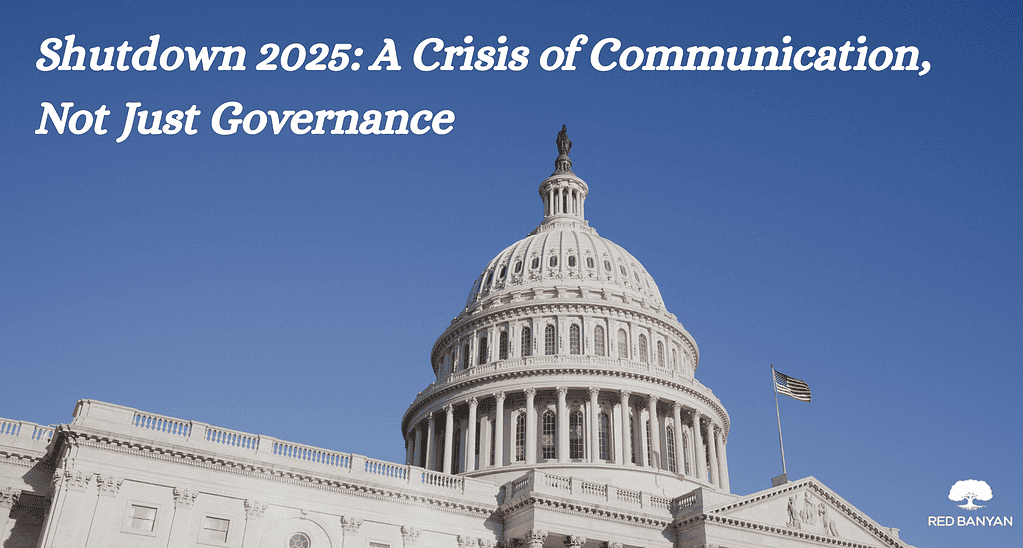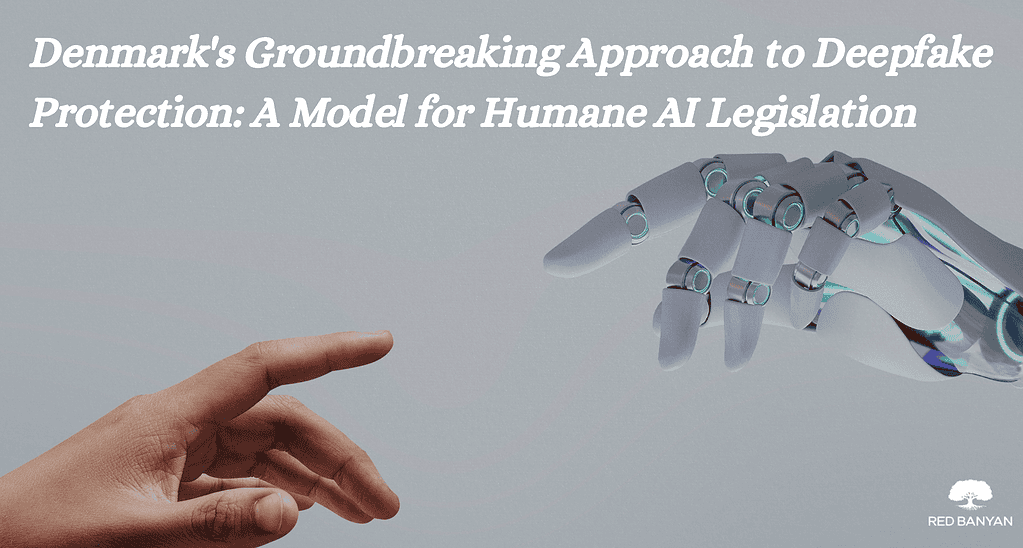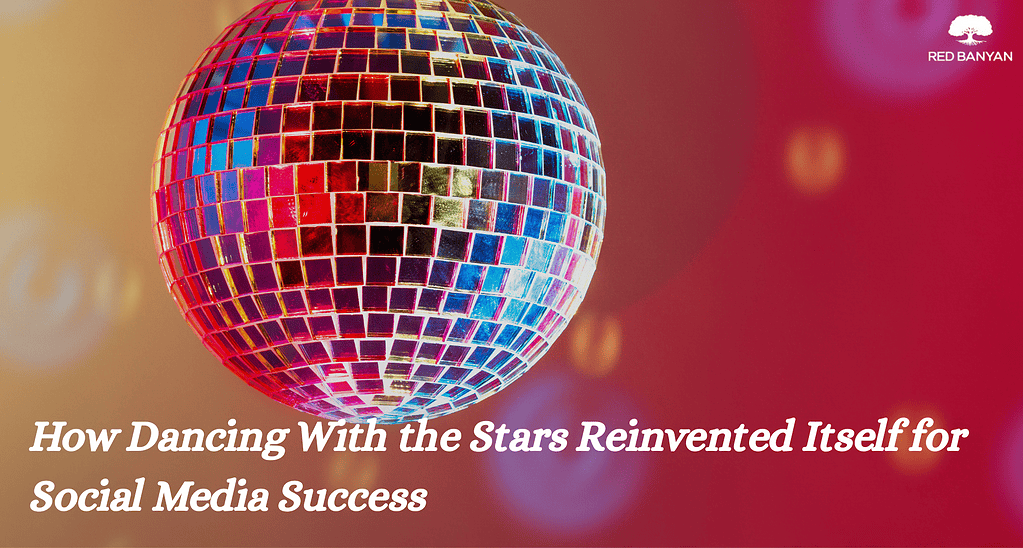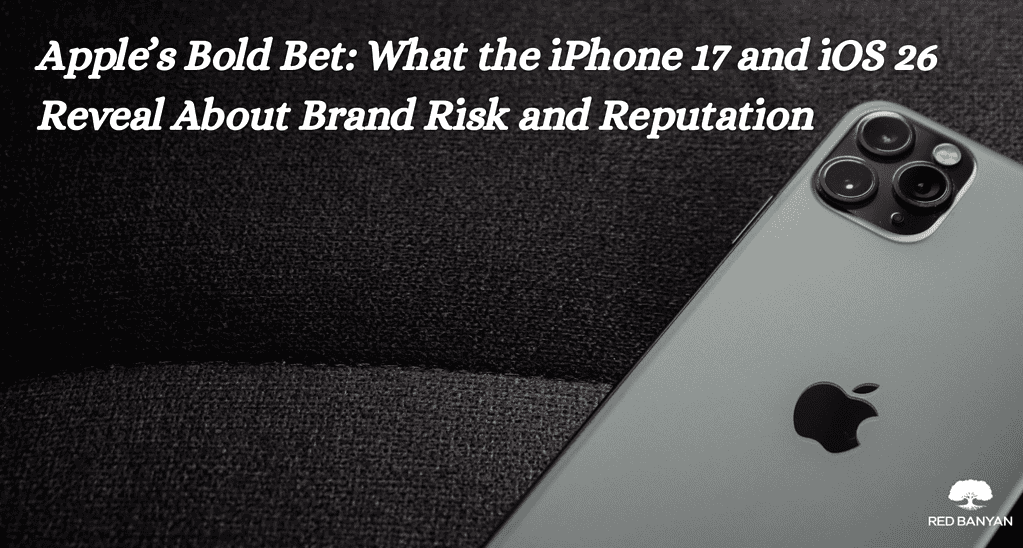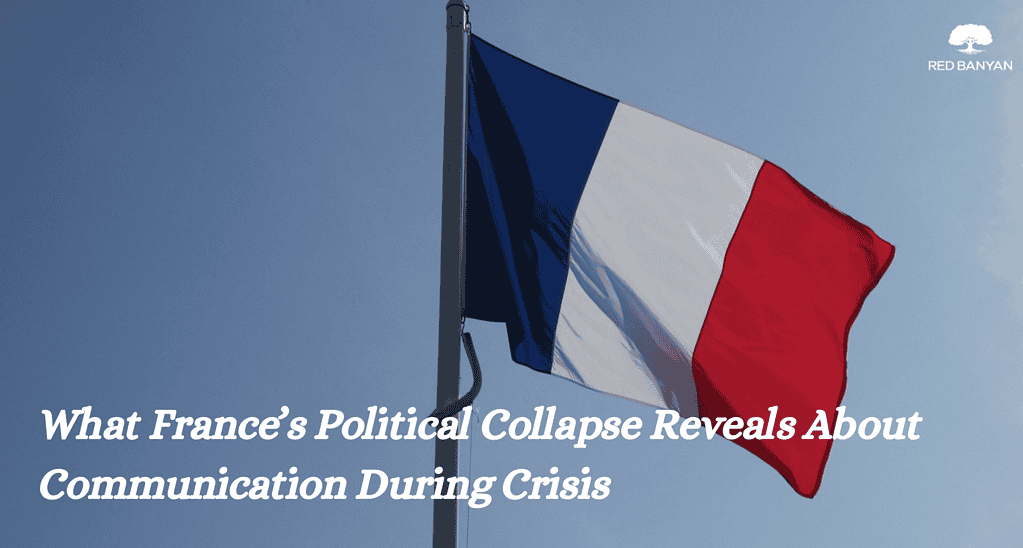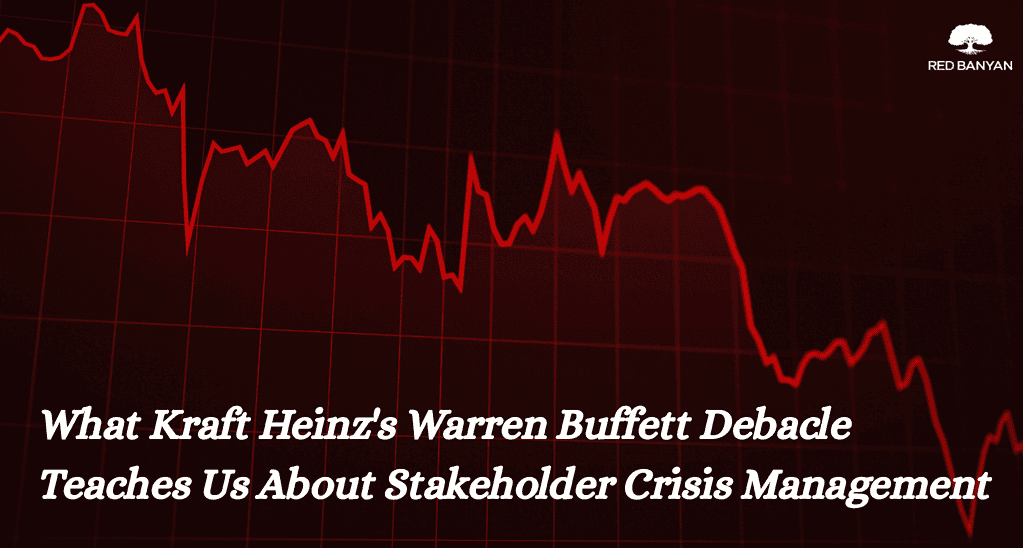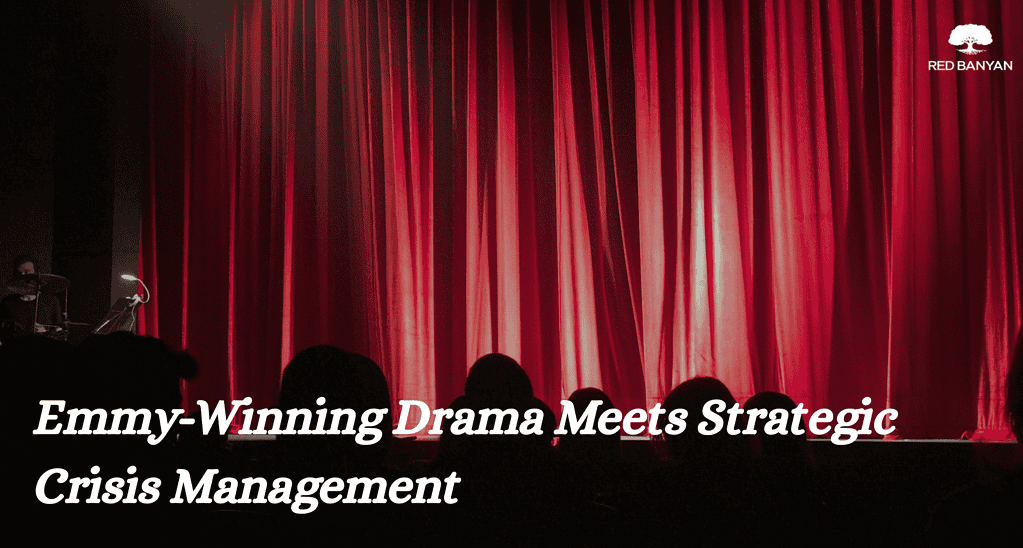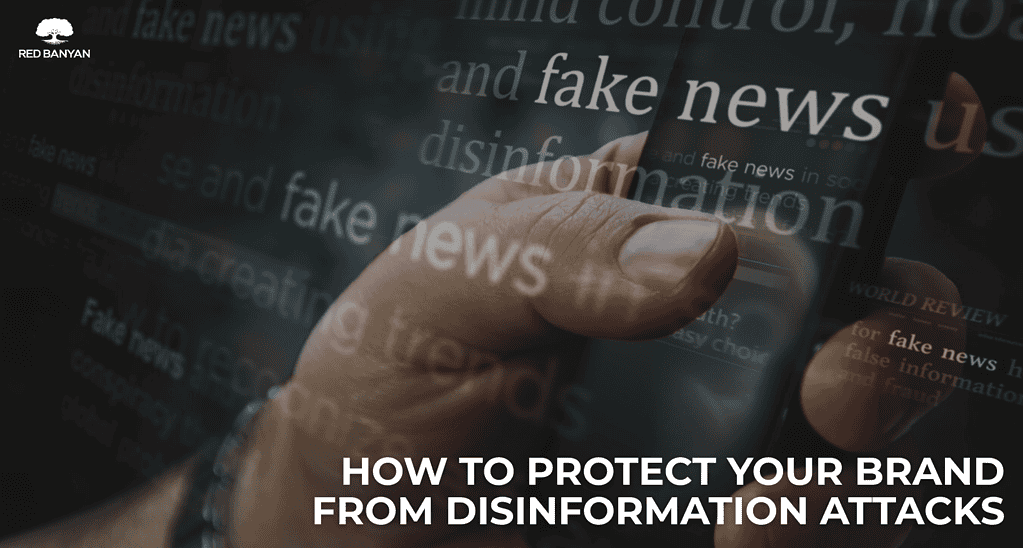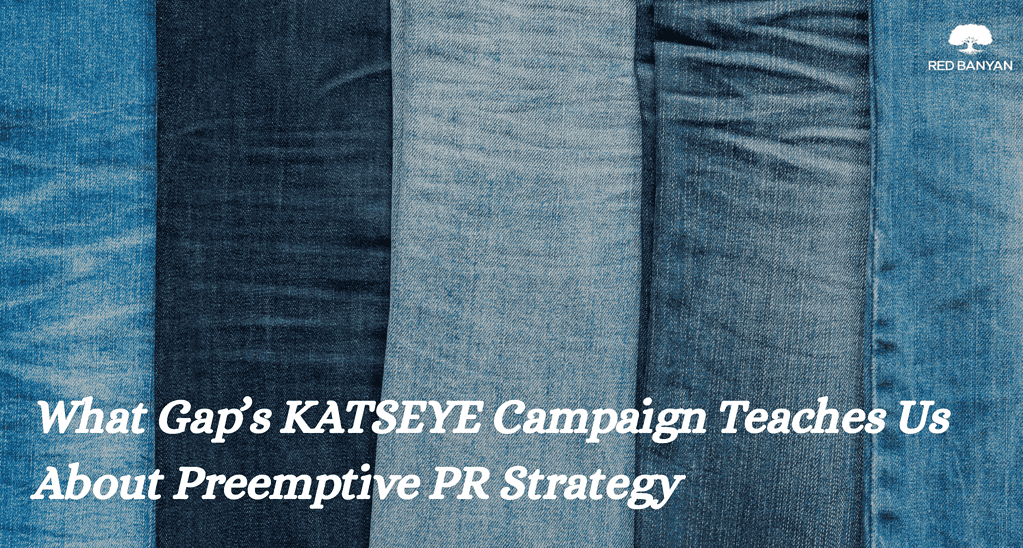In the digital age, attempting to suppress information often achieves the opposite result. This counterintuitive phenomenon has a name: the Streisand Effect. For crisis communications professionals, understanding this principle isn’t just helpful; it’s essential to protecting brand reputation and managing public perception effectively.
What Is the Streisand Effect?
The Streisand Effect occurs when attempts to hide, remove, or censor information inadvertently draw more attention to it. The harder someone tries to suppress information, the more widely it spreads. What might have remained obscure instead becomes viral, reaching audiences far beyond the original scope.
This phenomenon is particularly powerful in our interconnected world, where information travels instantly across social media platforms, news outlets, and online communities. Once the public perceives an attempt at censorship or cover-up, curiosity intensifies and sharing accelerates.
The Origin Story: How Barbra Streisand Named a Phenomenon
The term originated in 2005 from an incident involving entertainer Barbra Streisand. Photographer Kenneth Adelman had published aerial photographs of the California coastline as part of a coastal erosion documentation project. Among the 12,000 images was one showing Streisand’s Malibu cliff-top residence.
Streisand sued Adelman for $50 million, demanding removal of the photograph and claiming invasion of privacy. Before the lawsuit, the image had been downloaded only six times, two of those by Streisand’s attorneys. After news of the lawsuit broke, the photograph received widespread media coverage and was viewed hundreds of thousands of times within a month.
The lawsuit was dismissed, Streisand was ordered to pay legal fees, and the photograph she wanted hidden became one of the most viewed images online. Mike Masnick of Techdirt coined the term “Streisand Effect” to describe this backfire, and it has since become shorthand for the unintended consequences of censorship attempts.
Why Crisis Communications Professionals Take Notice
Crisis communications specialists understand that the Streisand Effect represents a critical decision point in reputation management. When negative information emerges about a brand or individual, the instinct to suppress it can be overwhelming. However, modern crisis communicators must weigh the risks carefully.
Attempting to remove unflattering content, issuing cease-and-desist letters, or threatening legal action can transform a minor issue into a major news story. The act of suppression itself becomes newsworthy, often more interesting than the original information. Media outlets and social media users interpret these actions as confirmation that something worth hiding exists, fueling speculation and investigation.
Strategic Implications for Brands and Individuals
For brands, the Streisand Effect poses unique challenges in reputation management. Companies facing negative reviews, critical blog posts, or unflattering social media content must resist the urge to demand removal. Instead, effective crisis communications strategies often involve:
- Acknowledgment over suppression: Addressing concerns directly rather than attempting to hide them demonstrates transparency and builds trust.
- Engagement over litigation: Responding professionally to criticism and working toward resolution proves more effective than legal threats.
- Context over censorship: Providing additional information and perspective allows audiences to form complete opinions rather than filling information gaps with speculation.
For individuals, particularly public figures and executives, the principles remain the same. Personal reputation management requires accepting that some information will exist publicly and focusing energy on creating positive content rather than eliminating negative content.
The Streisand Effect serves as a powerful reminder that in the information age, transparency and authenticity often outperform control and concealment. Crisis communications professionals who understand this phenomenon can guide clients away from reactive suppression tactics and toward strategic, thoughtful responses that protect long-term reputation.

